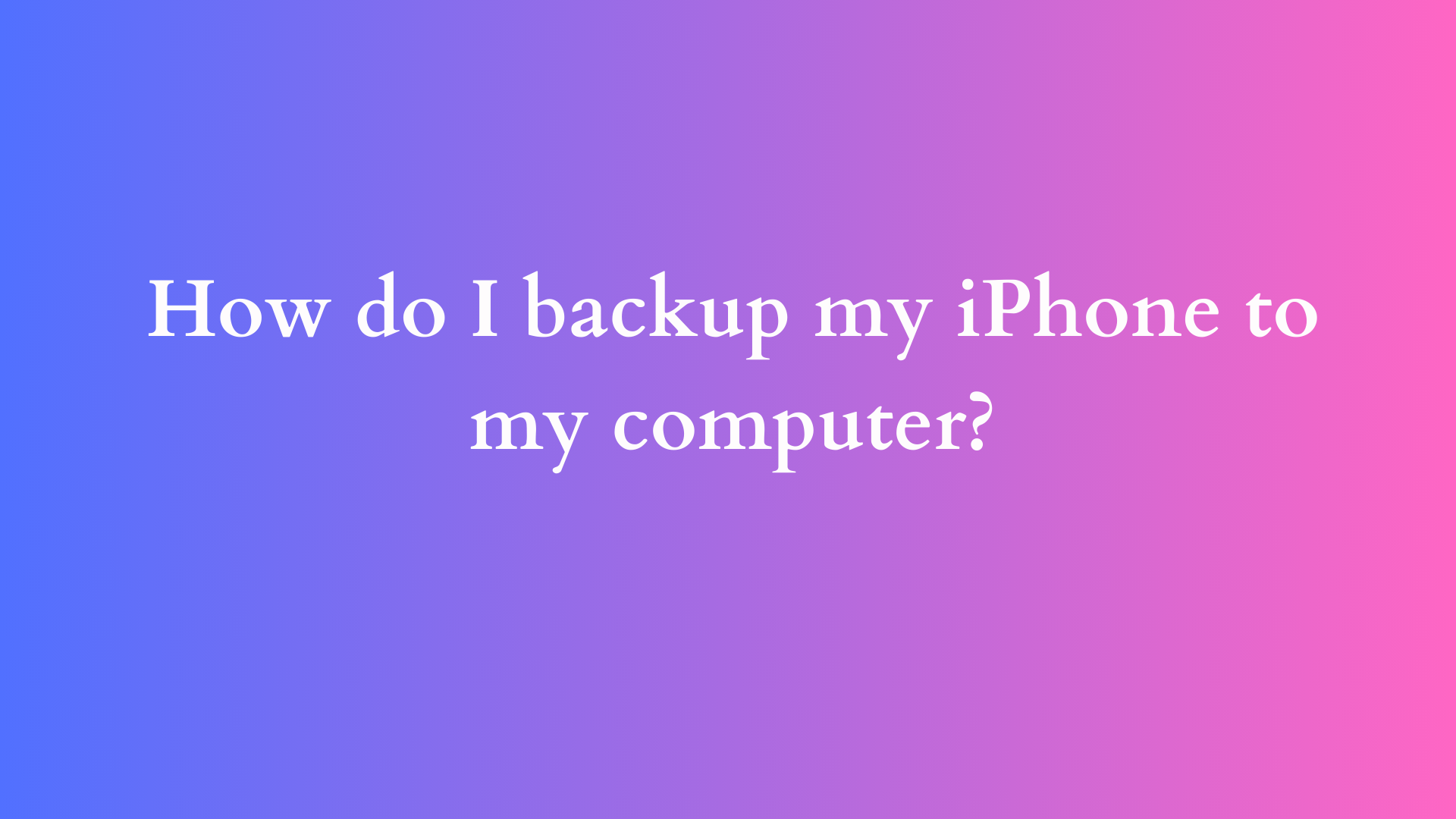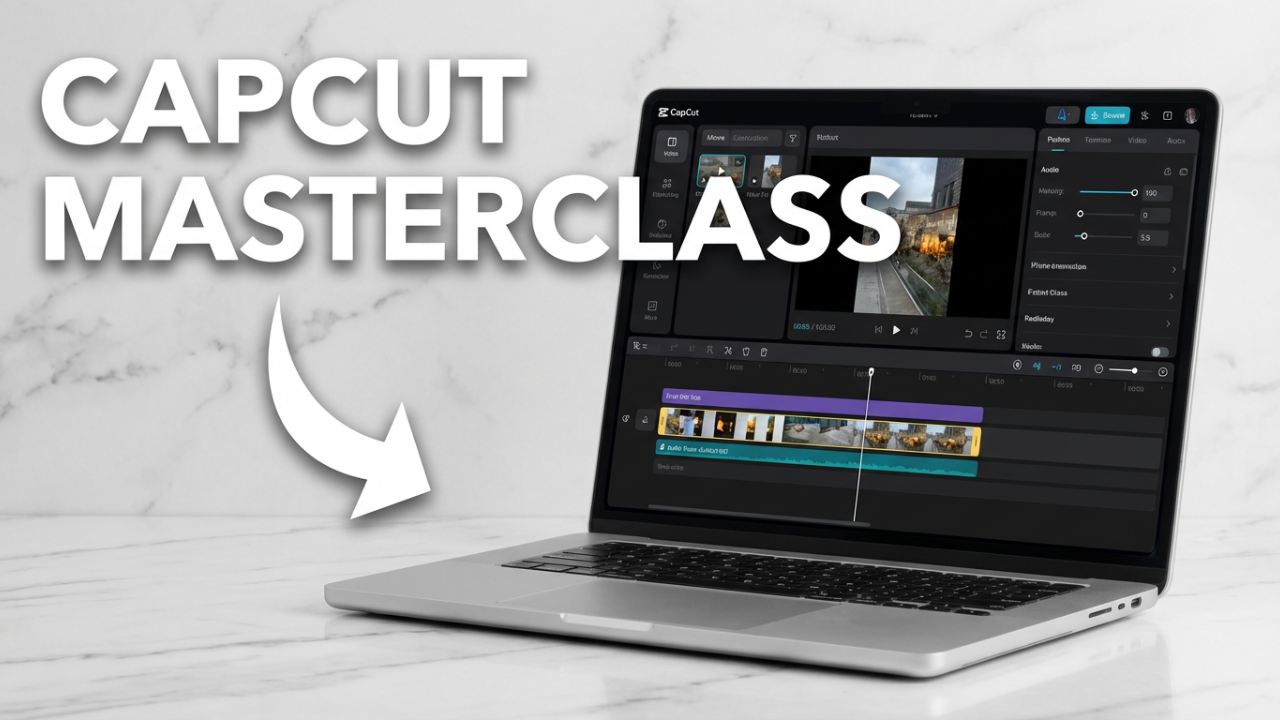How to Backup Your iPhone to Your Computer: A Comprehensive Guide
In an era where digital data holds immense value, safeguarding your personal information is imperative. For iPhone users, the security of their contacts, photos, messages, and app data is often a major concern. While iCloud provides a convenient way to back up data, many users prefer or need to create backups directly to their computers. This article will provide a detailed step-by-step guide on how to back up your iPhone to your computer, ensuring that your data remains secure and easily retrievable.

Why You Should Back Up Your iPhone
Backing up your iPhone is crucial for several reasons:
- Data Loss Prevention: Accidental deletions, software malfunctions, or hardware failures can result in the loss of valuable data. Regular backups ensure that you can recover your information when needed.
- Device Upgrades: When upgrading to a new iPhone, transferring data from your old device is seamless if there is a backup available.
- iOS Updates: Occasionally, updating your iPhone’s operating system can lead to unexpected issues. Having a backup allows you to revert to a previous state if necessary.
- Privacy and Security: Storing sensitive information locally provides an extra layer of security compared to cloud storage.
With these reasons in mind, let’s delve into how you can back up your iPhone to your computer using both iTunes (for Windows and macOS Mojave and earlier) and Finder (for macOS Catalina and later).
Backing Up Your iPhone Using iTunes
Prerequisites
- A computer running Windows or macOS Mojave (10.14) or earlier.
- The latest version of iTunes installed on your computer.
- A lightning or USB-C cable to connect your iPhone to your computer.
Step-by-Step Instructions
- Install iTunes: If you haven’t already, download and install the latest version of iTunes from the Apple website.
- Connect Your iPhone: Use a lightning or USB-C cable to connect your iPhone to your computer. Upon connection, you might be prompted to unlock your iPhone. Enter your passcode if necessary.
- Open iTunes: Launch iTunes if it doesn’t automatically open. You should see your device icon appear in the upper-left corner of the iTunes window.
- Select Your Device: Click on the device icon to access your iPhone’s summary page.
- Back Up Options: In the “Backups” section, you’ll see two options:
- iCloud: This is for backing up to iCloud.
- This Computer: Select this option to back up your iPhone to your computer.
- Encrypt Your Backup (Optional): If you want to save Health and Activity data or password data, you can check the “Encrypt local backup” box. You’ll need to create a password for the encrypted backup.
- Start Backup: Click on the “Back Up Now” button. iTunes will begin the backup process. Depending on the amount of data, this may take a few minutes.
- Verify the Backup: Once the backup is complete, you can verify it by checking the date and time of the last backup in iTunes on the same summary page.
- Eject Your Device: After completing the backup, don’t forget to safely eject your iPhone before unplugging the cable.
Backing Up Your iPhone Using Finder
Prerequisites
- A computer running macOS Catalina (10.15) or later.
- A lightning or USB-C cable to connect your iPhone to your computer.
Step-by-Step Instructions
- Connect Your iPhone: Use a lightning or USB-C cable to connect your iPhone to your Mac.
- Open Finder: In macOS Catalina and later, the Finder is where you manage your device. You should see your iPhone listed in the left sidebar under “Locations”.
- Select Your Device: Click on your iPhone name in Finder to access the device management interface.
- Back Up Options: Scroll down to the “Backups” section. Here, you will have:
- Back up all of the data on your iPhone to this Mac: This option backs up to your Mac.
- Back up data from your iPhone to iCloud: This option backs up to iCloud.
- Encrypt Your Backup (Optional): If you want to secure sensitive information, check the box for “Encrypt local backup” and create a password.
- Start Backup: Click on the “Back Up Now” button. The backup process will begin, and you can monitor its progress in the Finder window.
- Verify the Backup: After completion, you can check the date and time of the last backup to ensure that it has been successfully backed up.
- Eject Your Device: Just like with iTunes, ensure to eject your iPhone safely before disconnecting it from your Mac.
Additional Considerations
- Backup Frequency: It’s beneficial to create backups regularly. Consider scheduling backups frequently, especially if you frequently add new content to your device.
- Storage Space: Ensure that your computer has enough storage space to accommodate the backup. iPhone backups can take up a substantial amount of space, depending on the data stored.
- Backup Management: Older backups can consume storage on your computer. It’s prudent to manage these backups periodically, deleting those that are no longer necessary.
- Restoring from Backup: Familiarize yourself with the restoration process in case you need to retrieve lost data. On both iTunes and Finder, there is an option to restore from a backup, which can bring all your data back to your device.
Conclusion
Backing up your iPhone to your computer is a straightforward process that requires minimal steps but provides maximum security for your data. Whether you choose to use iTunes or Finder, both methods enable you to keep your information safe and easily accessible. As technology continues to evolve, keeping your data secure is more important than ever, making regular backups an essential practice for every iPhone user. By following this guide, you can ensure that your digital life remains intact, providing peace of mind in an increasingly digital world.






